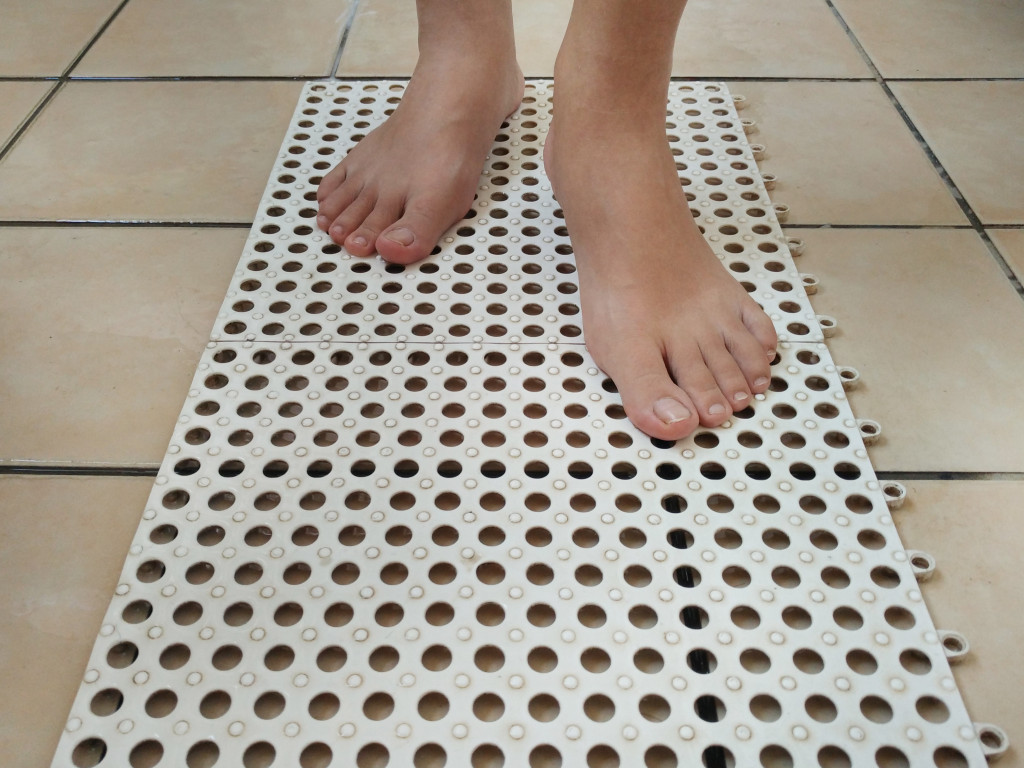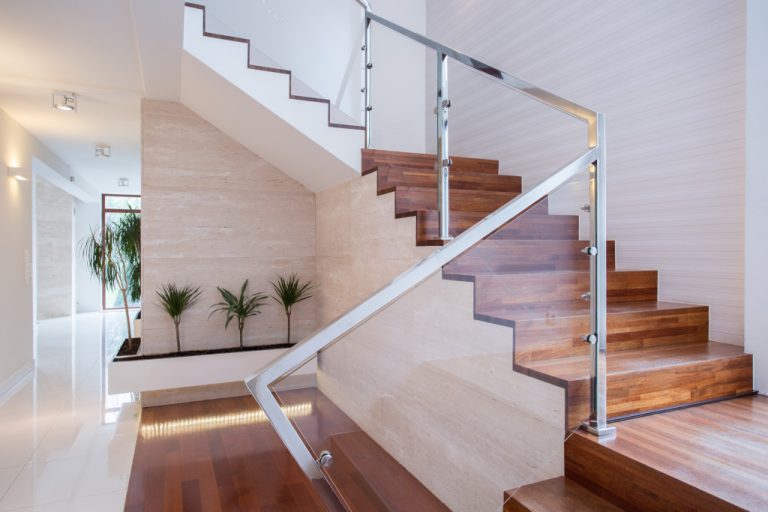- Transforming your space into a retirement-friendly home can enhance safety, accessibility, and comfort.
- Embracing minimalism by decluttering and reorganizing can create a more spacious and maneuverable environment.
- Revise your bathroom with grab bars, non-slip flooring, and proper lighting to prevent accidents.
- Optimize the kitchen for accessibility by adjusting layout and storage, choosing appliances with safety features, and ensuring proper lighting.
- Enhancing window accessibility by replacing crank-operated windows with easier options can improve functionality and increase security.
As you approach the golden years, transforming your current space into a retirement-friendly environment becomes not just a necessity but also a comfort. It’s about ensuring safety, accessibility, and ease of living in a familiar space. The journey to adapting your home doesn’t have to be daunting. Here are five practical tips that guide you through making significant, beneficial changes without sacrificing the warmth and love that make your house a home.
1. Embrace the Minimalist Approach
Simplicity is key when optimizing your living space for retirement.
Firstly, it’s time to de-clutter. With years of accumulating belongings, there are items you no longer need. Organize your possessions and consider donating, selling, or discarding redundant items. This minimalist approach reduces cleaning obligations and creates a more spacious environment, minimizing the risk of accidents like tripping or falling.
Secondly, reorganize your space with accessibility in mind. Lower shelves in your storage units keep everyday items within easy reach and, if possible, open up the floor space. Less clutter and more room to maneuver can lead to a more comfortable and safer living space.
2. Revise Your Bathroom’s Safety Features

The bathroom holds the highest accident risk, making it a priority for modifications.
Start with the essentials: grab bars. Install these near the toilet and shower area for support. Consider a walk-in bathtub or a curbless shower to reduce the risk of falls. These adjustments promote independence while maintaining safety.
Another aspect is the flooring. Slippery surfaces are hazardous. Non-slip mats or tiles are good investments. Additionally, evaluate the lighting in your bathroom. Bright, easily accessible switches and a well-lit space can make all the difference in preventing accidents.
3. Optimize the Kitchen for Accessibility
An accessible kitchen promotes ease of use, reducing strain and injury risk. Here are some tips on how to optimize the kitchen for accessibility:
Layout and Storage
The layout and storage of a kitchen can significantly impact its accessibility. It is important to consider the height of cabinets and countertops and the placement of commonly used items. For individuals with mobility impairments, it may be necessary to adjust the height of cabinets or add features such as pull-down or pull-out shelving. This can reduce the need for overreaching or bending and make it easier to access items.
It is also important to keep commonly used items within easy reach. This means placing frequently used dishes, utensils, and appliances at an accessible height. It may also be helpful to use organizers and dividers in drawers and cabinets to keep items easily visible and within reach.
Appliances
When choosing appliances for an accessible kitchen, several important factors must be considered. Look for models with large, easy-to-read controls and handles that are comfortable to grip. This is especially important for individuals with dexterity or vision impairments.
Safety features should also be a top priority when selecting appliances. Consider investing in a model with an automatic shut-off feature for stoves to prevent accidents. For refrigerators, look for models with slide-out shelves to avoid the need for bending and reaching deep inside.
Lighting
Proper lighting is crucial for an accessible kitchen. Make sure that all areas of the kitchen are well-lit, including countertops, cabinets, and appliances. Consider installing task lighting under cabinets or above workspaces to provide additional cooking and food preparation light.
In addition to proper lighting, using color contrast in the kitchen may also be helpful. This can make it easier for individuals with visual impairments to differentiate between different surfaces and objects.
Flooring
The type of flooring used in a kitchen can also impact its accessibility. Avoid using materials such as tile or hardwood that can be slippery and pose a risk of falls. Instead, opt for non-slip flooring options such as vinyl or rubber.
Ensuring that the flooring is even and free of tripping hazards is also important. If there are any transitions between rooms or areas within the kitchen, make sure they are smooth and marked.
4. Integrate Smart Home Features

In an age of technological advancement, smart home features can provide ease, security, and efficiency, contributing significantly to a stress-free retirement life.
Home automation systems offer control over lighting, heating, and alarms, reducing the physical effort required to manage these elements. Voice-activated or remote-controlled devices can aid those with mobility challenges.
Personal emergency response systems are also vital, particularly for those living alone. These technologies can alert family members or medical services if you experience a fall or need immediate help, ensuring peace of mind for you and your loved ones.
5. Optimize Lighting and Access Points
Proper lighting is essential to prevent accidents, improve visibility, and create a warm, inviting environment. As vision changes with age, enhancing the quality and accessibility of light sources throughout your home becomes paramount.
Consider replacing doorknobs with lever handles, which are easier to operate for individuals experiencing decreased hand strength. Similarly, rocker-style light switches are more accessible than traditional toggle switches.
Regarding light and visibility, it’s an opportune time to contact a professional window contractor. Large, easy-to-operate windows can dramatically increase natural light in your home, aiding visibility. Professionals can customize windows to your space and needs, potentially reducing the need for artificial lighting during the day and providing easy access to fresh air.
In Summary
Transforming your home into a retirement-friendly haven is an investment in your comfort, safety, and happiness. It’s about creating an environment that supports your independence and lifestyle as you age. Each adaptation, whether small or significant, contributes to a living space that nurtures your well-being and allows you to enjoy the peace of mind you deserve in your retirement years.
